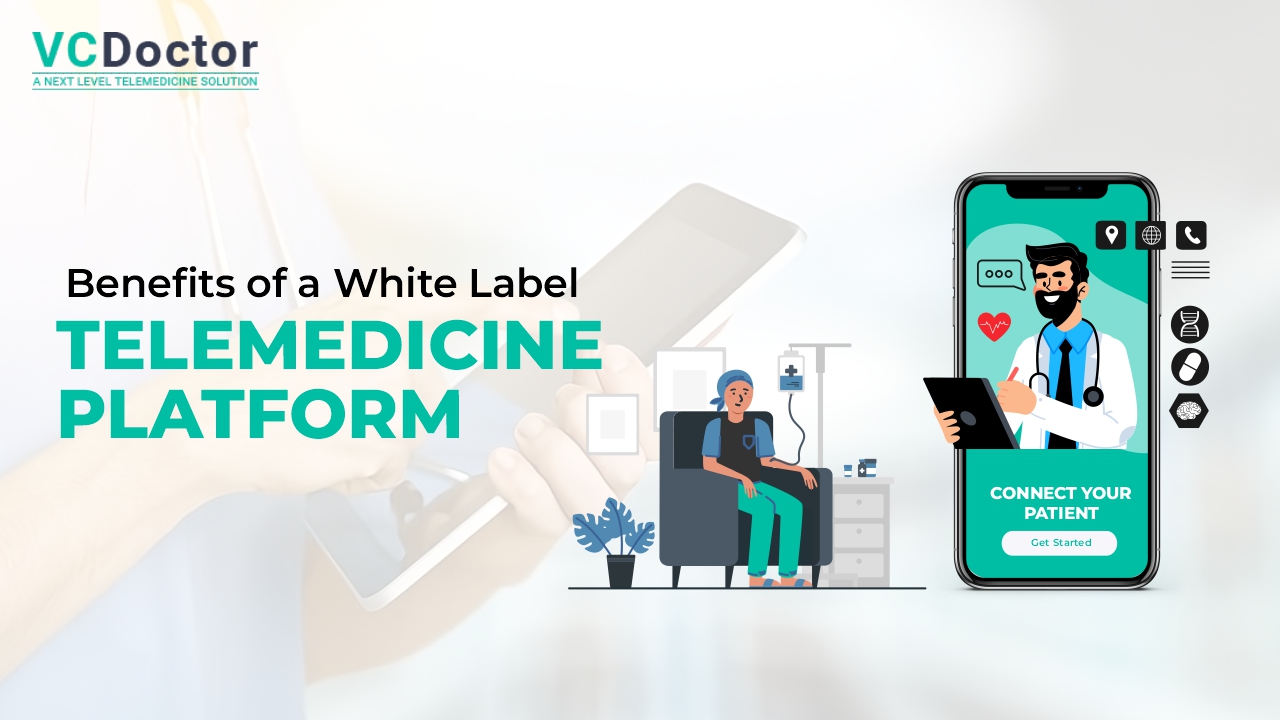Benefits of a White Label Telemedicine Platform
In recent years, healthcare has rapidly embraced digital transformation, with telemedicine as a key part. It provides convenient, accessible, and efficient healthcare remotely through digital channels. Healthcare providers are adopting white label telemedicine platforms for various benefits like improved care quality, patient experiences, and streamlined operations. This article explores the advantages of using such platforms.
1. Enhanced Accessibility
A key advantage of white label telemedicine is enhanced healthcare accessibility. Patients, including those in remote areas, can conveniently connect with providers from home or work, reducing travel and eliminating geographical barriers to care.
2. Convenience for Patients
Telemedicine platforms offer unparalleled convenience to patients. Appointments can be scheduled and conducted without the need to commute to a physical clinic or hospital. This is especially valuable for individuals with mobility issues, busy schedules, or those who live far from healthcare facilities. Patients can receive medical advice, prescriptions, and follow-up care without leaving their homes.
3. Cost Savings
White label telemedicine saves patients money on travel and time off work, while healthcare providers cut overhead costs. It also aids in early intervention, potentially reducing long-term healthcare expenses.
4. Improved Patient Engagement
Telemedicine platforms enhance patient engagement with features like secure video consultations, messaging, and remote monitoring. Convenient access to healthcare providers fosters a stronger patient-provider relationship, encouraging active participation in care.
5. Expanded Reach
White label telemedicine platforms allow healthcare providers to expand their reach beyond their immediate geographic area. This can be particularly beneficial for specialists who can offer their expertise to patients in different regions or even across borders. Telemedicine enables healthcare providers to tap into a broader patient base, increasing their practice’s growth potential.
6. Efficient Use of Healthcare Resources
Telemedicine optimizes healthcare resource allocation by allowing providers to see more patients efficiently, especially in high-demand specialties like primary care and mental health. It also eases the strain on crowded emergency rooms and urgent care centers for non-emergency cases.
7. Timely Access to Specialists
In areas where specialized medical services are scarce, telemedicine can be a lifeline. Patients can receive timely consultations and treatment from specialists who may be located in a different city or even country. White label telemedicine platforms can bridge the gap between patients and specialists, ensuring that patients receive the specialized care they need, when they need it.
8. Streamlined Record Keeping
Telemedicine platforms often come equipped with electronic health record (EHR) integrations. This streamlines record keeping, ensuring that patient data is accurately documented and readily accessible to healthcare providers. EHR integration also minimizes the risk of errors associated with paper-based records and promotes continuity of care.
9. Increased Patient Satisfaction
Patients tend to appreciate the convenience and accessibility of telemedicine services. Being able to consult with healthcare providers from home or work reduces wait times, eliminates the hassle of travel, and enhances overall satisfaction. Satisfied patients are more likely to adhere to their treatment plans and recommend healthcare providers who offer telemedicine services.
10. Continuity of Care
Telemedicine can play a crucial role in ensuring continuity of care, especially in situations where in-person visits may not be possible, such as during a pandemic or natural disaster. Patients can maintain regular appointments with their healthcare providers, receive prescriptions, and monitor chronic conditions without interruptions, even in challenging circumstances.
Conclusion
White label telemedicine platforms have revolutionized healthcare with benefits like accessibility, convenience, cost savings, and expanded reach. As technology and healthcare systems advance, these platforms will play a pivotal role in delivering quality care to all patients.




